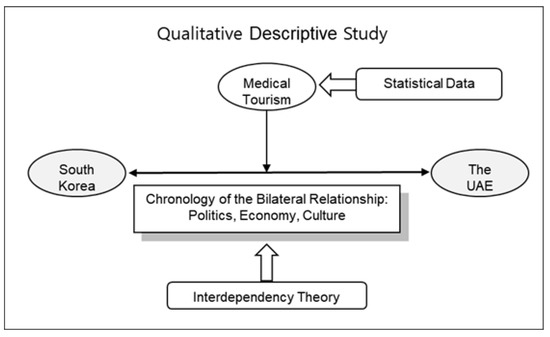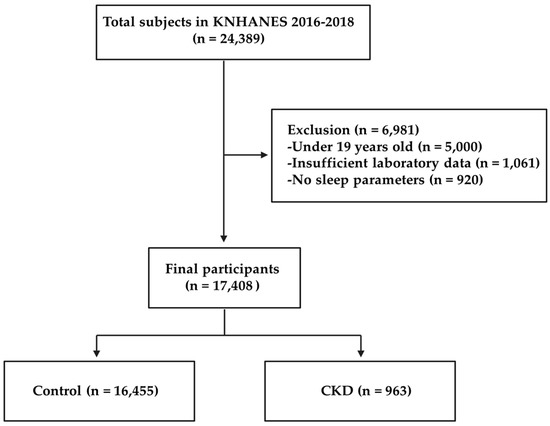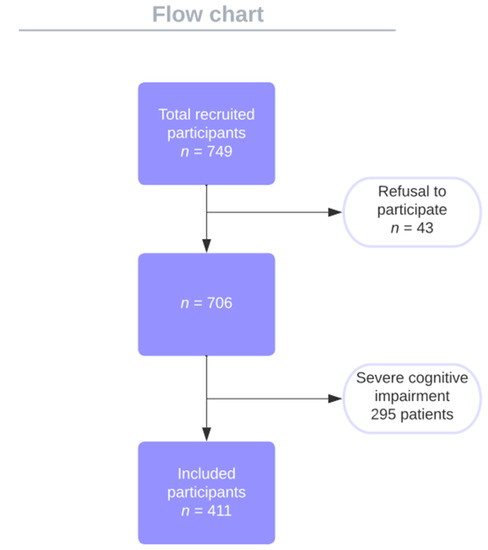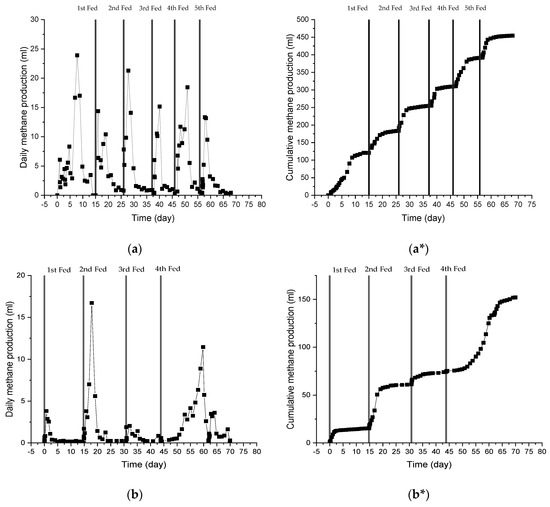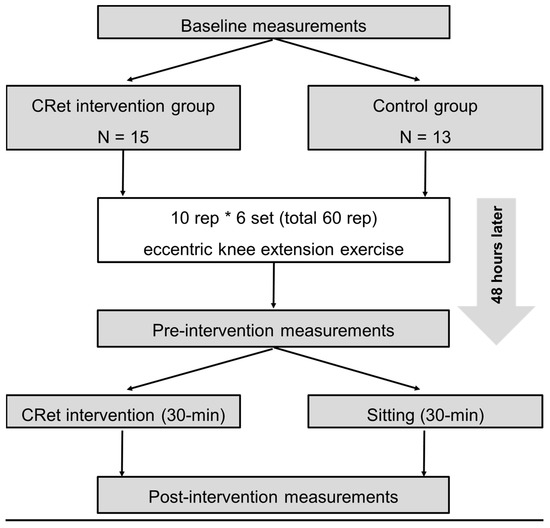1
Department of Instructional Technology and Learning Sciences, Utah State University, Logan, UT 84321, USA
2
Tropical Health Department, High Institute of Public Health, Alexandria University, Alexandria 21561, Egypt
3
Epidemiology Department, High Institute of Public Health, Alexandria University, Alexandria 21561, Egypt
4
Department of Communications Media, Indiana University of Pennsylvania, Indiana, PA 15705, USA
5
Nutrition Department, High Institute of Public Health, Alexandria University, Alexandria 21561, Egypt
6
Faculty of Medicine, Alexandria University, Alexandria 21545, Egypt
7
Institute of Tropical Medicine and International Health, Charité—Universitätsmedizin Berlin, 13353 Berlin, Germany
8
Training and Biostatistics Administration, Ministry of Health and Population, Alexandria 21561, Egypt
9
Internal Medicine Department, Alexandria University, Alexandria 21526, Egypt
10
General Surgery Department, Faculty of Medicine, Alexandria University, Alexandria 21561, Egypt
11
University Hospital of Coventry and Warwickshire, Coventry CV2 2DX, UK
12
Faculty of Communication and Media, King Abdulaziz University, Jeddah 22254, Saudi Arabia
13
Biomedical Engineering Department, Collage of Engineering, Wraith Al-Anbiyaa University, Karbala 56001, Iraq
14
LabCom Research Unit, University of Beira Interior, Foundation for Science and Technology, 6201-001 Covilha, Portugal
15
Heidelberg Institute of Global Health, Heidelberg University, 69120 Heidelberg, Germany
16
Department of Biomedical Informatics and Medical Statistics, Medical Research Institute, Alexandria University, Alexandria 21526, Egypt
17
Pharmacy Department, Rompin Hospital, Ministry of Health Malaysia, 62590 Putrajaya, Malaysia
18
Mahidol-Oxford Tropical Medicine Research Unit, Faculty of Tropical Medicine, Mahidol University, Bangkok 10400, Thailand
19
Department of Public Health, Medical Research Office, Sudanese Medical Research Association, Khartoum 11111, Sudan
20
Department of Women’s and Children’s Health, Uppsala University, 75236 Uppsala, Sweden
21
Department of Physiology, Faculty of Medicine, Al-Azhar University, Assiut 71524, Egypt
22
Department of Neurology, Ibn Sina Hospital, Safat, Kuwait City 13115, Kuwait
23
Institute of Public Health, College of Medicine and Health Sciences, United Arab Emirates University, Al Ain 15551, United Arab Emirates
24
College of Medicine, University of Sharjah, Sharjah 27272, United Arab Emirates
25
Department of Global Public Health, Karolinska Institutet, 17176 Stockholm, Sweden
26
College of Pharmacy, Al-Zahraa University for Women, Karbala 56001, Iraq
27
Hepatology Unit, Internal Medicine Department, Faculty of Medicine, Alexandria University, Alexandria 21131, Egypt
†
These authors contributed equally to this work.
add
Show full affiliation list
Int. J. Environ. Res. Public Health 2022, 19(9), 5737; https://doi.org/10.3390/ijerph19095737 - 8 May 2022
Cited by 15 | Viewed by 7231
Abstract
Vaccine hesitancy (VH) is defined as a delayed in acceptance or refusal of vaccines despite availability of vaccination services. This multinational study examined user interaction with social media about COVID-19 vaccination. The study analyzed social media comments in 24 countries from five continents.
[...] Read more.
Vaccine hesitancy (VH) is defined as a delayed in acceptance or refusal of vaccines despite availability of vaccination services. This multinational study examined user interaction with social media about COVID-19 vaccination. The study analyzed social media comments in 24 countries from five continents. In total, 5856 responses were analyzed; 83.5% of comments were from Facebook, while 16.5% were from Twitter. In Facebook, the overall vaccine acceptance was 40.3%; the lowest acceptance rates were evident in Jordan (8.5%), Oman (15.0%), Senegal (20.0%) and Morocco (20.7%) and the continental acceptance rate was the lowest in North America 22.6%. In Twitter, the overall acceptance rate was (41.5%); the lowest acceptance rate was found in Oman (14.3%), followed by USA (20.5%), and UK (23.3%) and the continental acceptance rate was the lowest in North America (20.5%), and Europe (29.7%). The differences in vaccine acceptance across countries and continents in Facebook and Twitter were statistically significant. Regarding the tone of the comments, in Facebook, countries that had the highest number of serious tone comments were Sweden (90.9%), USA (61.3%), and Thailand (58.8%). At continent level, serious comments were the highest in Asia (58.4%), followed by Africa (46.2%) and South America (46.2%). In Twitter, the highest serious tone was reported in Egypt (72.2%) while at continental level, the highest proportion of serious comments was observed in Asia (59.7%), followed by Europe (46.5%). The differences in tone across countries and continents in Facebook and Twitter and were statistically significant. There was a significant association between the tone and the position of comments. We concluded that the overall vaccine acceptance in social media was relatively low and varied across the studied countries and continents. Consequently, more in-depth studies are required to address causes of such VH and combat infodemics.
Full article
(This article belongs to the Special Issue Ensure Healthy Lives and Promote Wellbeing for All at All Ages)


